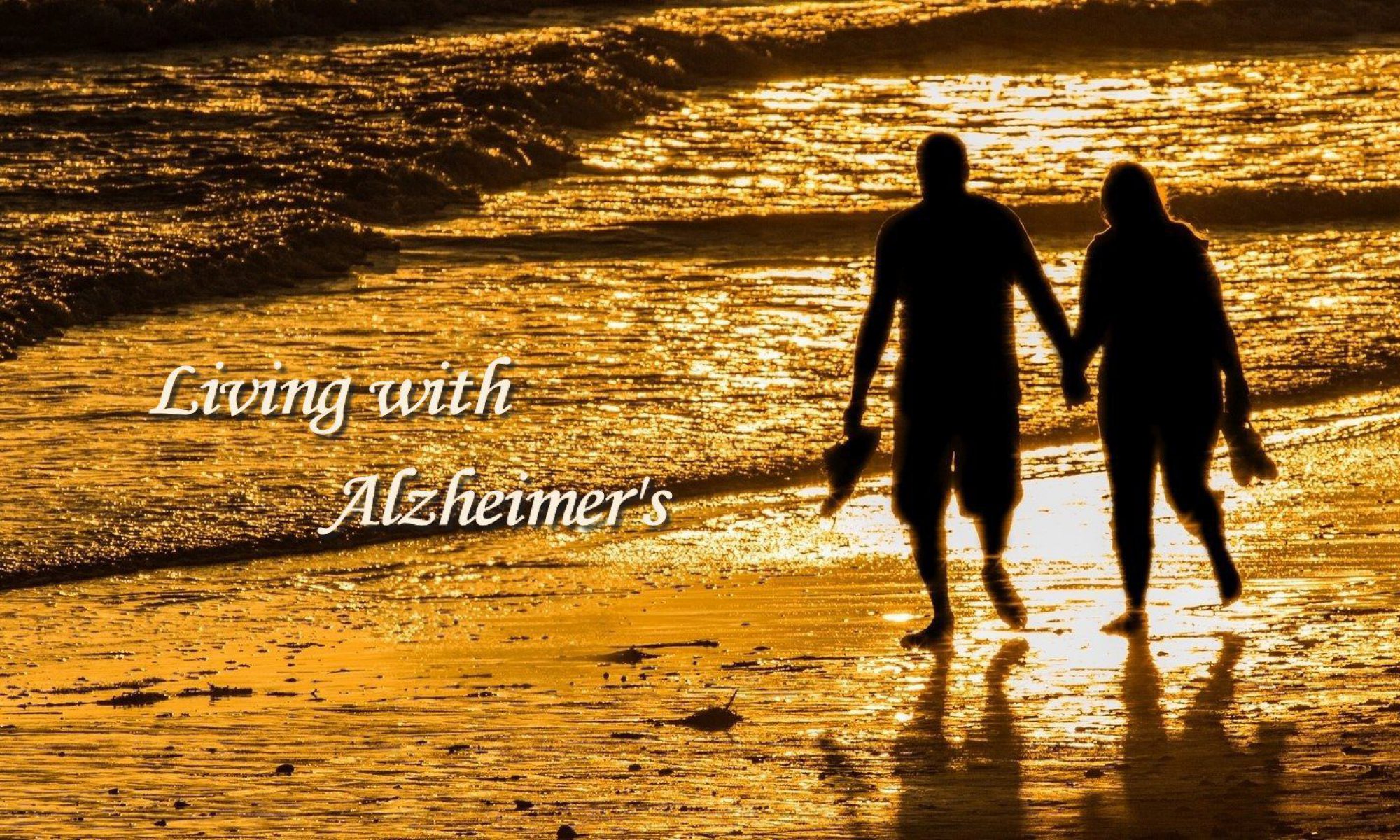Happy Anniversary to my wife, Kate. After all of these years, I can’t imagine finding a better match. Our marriage has been the adventure of a lifetime. It really began shortly after our first date on December 19, 1961, when I was in need of money and took a job as an ambulance driver at a funeral home.
Our whole courtship centered around my responsibilities at the funeral home. I worked four nights a week, which handicapped my time for dating. On slow nights, I invited her to the funeral home where we spent the evening in one of the unoccupied viewing rooms.
Periodically, I had to go out of town to pick up a body. She would go with me, and I was on the company expense account. We always found a good steakhouse before picking up the body and driving back home.
At the time, neither of us thought much about this. We were in love, and that was all that mattered. Of course, the most challenging adventure of all has been “Living with Alzheimer’s”. Thankfully, we have lived joyfully despite those challenges. Our love for each other has been a powerful source of strength for both of us, and I am optimistic that our love will sustain us for the remainder of our journey together.





